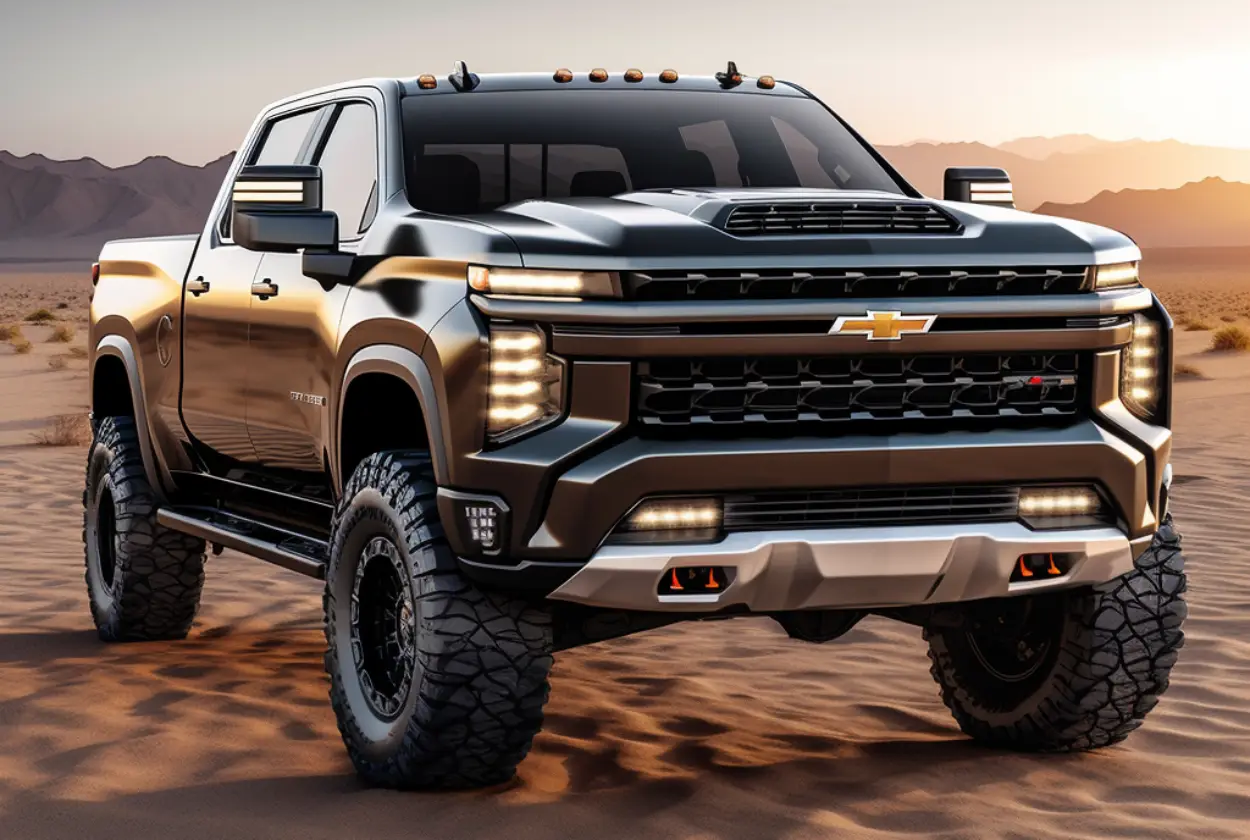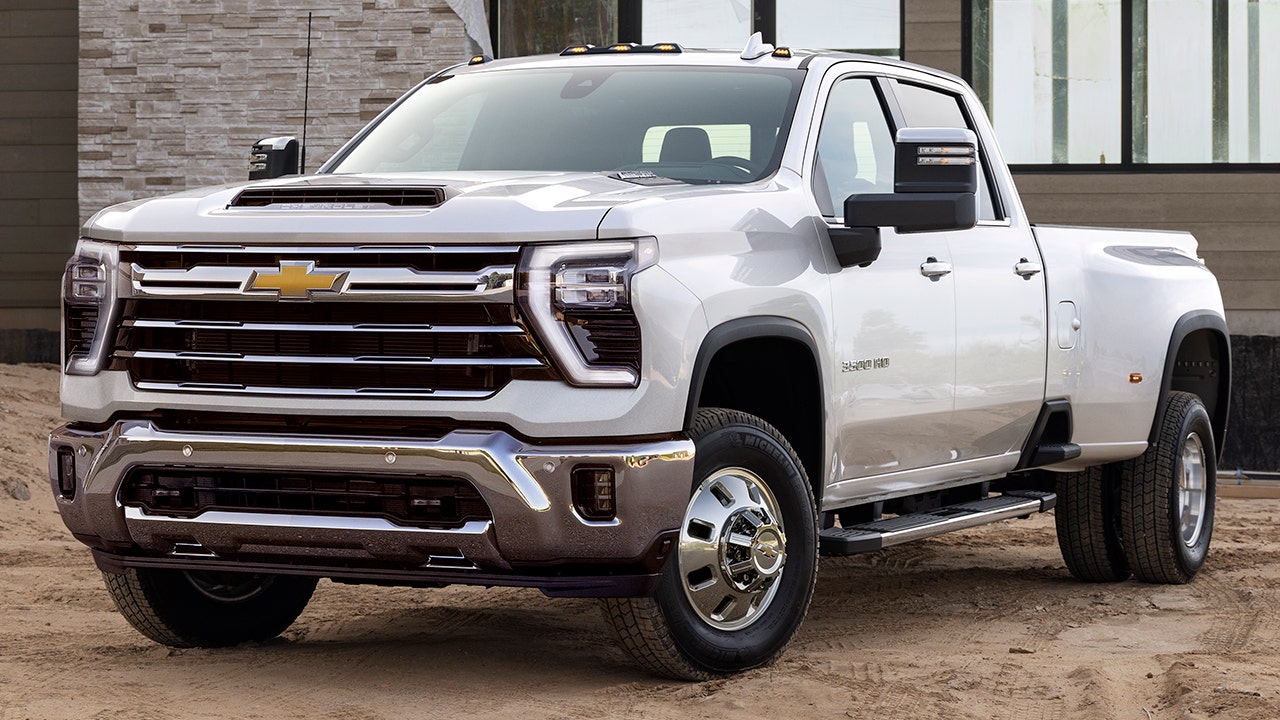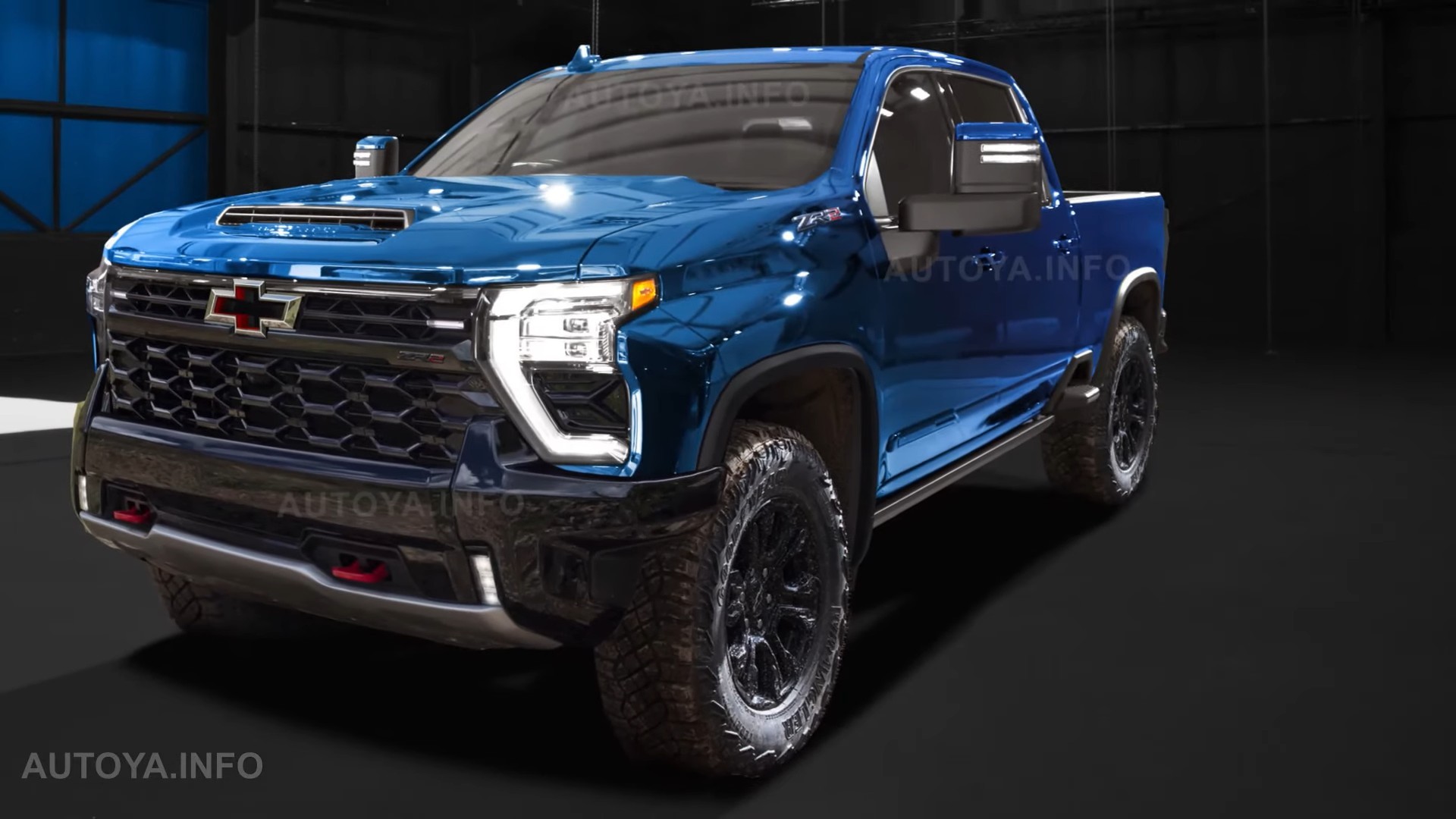Chevy Truck Topper Size Chart: Your Ultimate Guide to Finding the Perfect Fit
Chevy Truck Topper Size Chart: Your Ultimate Guide to Finding the Perfect Fit cars.truckstrend.com
For Chevy truck owners, a topper (also known as a truck cap or camper shell) is more than just an accessory; it’s a vital extension of their vehicle’s utility. Whether you’re looking to protect valuable tools, secure camping gear, or simply enhance your truck’s aesthetic, a topper offers unmatched versatility. However, the crucial first step in acquiring this indispensable addition is understanding the Chevy Truck Topper Size Chart. This isn’t a one-size-fits-all world; matching the topper precisely to your truck’s bed dimensions is paramount for a proper fit, optimal functionality, and a seamless appearance. This comprehensive guide will navigate the intricacies of Chevy truck topper sizing, ensuring you make an informed decision that perfectly complements your ride.
Understanding the Essentials of Topper Sizing
Chevy Truck Topper Size Chart: Your Ultimate Guide to Finding the Perfect Fit
A truck topper is custom-designed to fit specific truck models, years, and bed configurations. Just like shoes, a topper that’s too big will rattle and look awkward, while one that’s too small won’t seal properly, leaving your cargo exposed. The primary dimensions to consider when consulting a Chevy Truck Topper Size Chart are:
- Bed Length: This is the most critical measurement. Truck beds come in various lengths (e.g., short bed, standard bed, long bed). A topper designed for a 6.5-foot bed will not fit an 8-foot bed, and vice-versa.
- Bed Width: While generally more consistent within a truck model line, bed width can vary slightly, especially between light-duty and heavy-duty models, or across different generations.
- Cab Height and Body Lines: Toppers are engineered to match the height of your truck’s cab and flow seamlessly with its body lines. A topper designed for a classic square-body Chevy will look out of place on a modern Silverado, even if the bed dimensions are similar, due to differences in cab height and styling. This ensures proper aerodynamics and aesthetic appeal.
Ignoring any of these factors can lead to an ill-fitting topper that compromises protection, security, and your truck’s overall look.
How to Accurately Measure Your Chevy Truck Bed

Before you even look at a size chart, you need to know your truck’s precise dimensions. Here’s a step-by-step guide:
- Clear the Bed: Remove any bed liners, toolboxes, or cargo that might obstruct accurate measurements.
- Measure Bed Length:
- Use a reliable tape measure.
- Measure from the inside of the bulkhead (the wall closest to the cab) to the inside of the tailgate (when closed).
- Measure along the top rail of the bed.
- Take multiple measurements and average them for accuracy. Common lengths for Chevy trucks include approximately 5’8", 6’6", and 8′.

- Measure Bed Width:
- Measure the inside width of the bed at the bulkhead.
- Measure the inside width of the bed at the tailgate.
- Measure the inside width of the bed roughly midway.
- These measurements help confirm the taper (if any) and ensure the topper will sit flush on the bed rails.
- Measure Cab Height (for Reference):
- While topper manufacturers design for specific cab heights, it’s good to have this for visual confirmation.
- Measure from the top of your bed rail straight up to the top of your cab. This helps you visualize how high the topper will sit relative to your cab.
- Identify Your Truck’s Specifics: Note down your truck’s:
- Make: Chevrolet
- Model: Silverado 1500, Colorado, Silverado 2500HD, etc.
- Year: Crucial as body styles change significantly between generations.
- Cab Style: Regular Cab, Extended Cab, Crew Cab (this influences bed length availability).
- Bed Style: Fleetside (straight walls) or Stepside (fenders outside the bed). Most modern Chevy trucks are Fleetside.

Armed with these precise measurements and truck details, you’re ready to consult a Chevy Truck Topper Size Chart.
Common Chevy Truck Models and Their Bed Dimensions
Chevy has produced a wide range of trucks over the decades, each with its own set of bed dimensions. While exact measurements can vary by a fraction of an inch and across model years, here are some common dimensions for popular Chevy truck lines:
-
Chevrolet Silverado 1500 (Full-Size Light Duty):
- Short Bed: Approximately 5’8" (69-70 inches)
- Standard Bed: Approximately 6’6" (78-79 inches)
- Long Bed: Approximately 8′ (96-98 inches)
- Width: Typically 63-65 inches across the top rails.
- Note: Older generations (e.g., GMT800, GMT900) and newer ones (K2XX, T1XX) will have different cab heights and body line contours, even if bed lengths are similar.
-
Chevrolet Silverado 2500HD / 3500HD (Full-Size Heavy Duty):
- Standard Bed: Approximately 6’6" (78-79 inches)
- Long Bed: Approximately 8′ (96-98 inches)
- Width: Similar to 1500, but often with a slightly taller and more robust appearance to match the HD truck’s stature.
- Note: Heavy-duty trucks often have different bed rail caps and bulkheads than their light-duty counterparts, requiring specific HD toppers.
-
Chevrolet Colorado (Mid-Size):
- Short Bed: Approximately 5’2" (61-62 inches)
- Long Bed: Approximately 6’2" (74-75 inches)
- Width: Typically 57-58 inches across the top rails.
- Note: The Colorado shares bed dimensions with its GMC Canyon twin.
-
Older Chevy Trucks (e.g., S-10, C/K Series):
- S-10 (Compact): Bed lengths around 6’1" and 7’4". Width significantly narrower than full-size trucks.
- C/K Series (Full-Size, Pre-Silverado): Varied significantly by year (e.g., square body, OBS). Common bed lengths of 6.5′ and 8′. Toppers for these often require specific molding to match the distinct body lines of their era.
Key Considerations When Choosing a Topper
Beyond just the size chart, several factors will influence your topper choice:
- Material:
- Fiberglass: Most popular, offers sleek, painted-to-match aesthetics, good insulation, and customizability. Heavier and generally more expensive.
- Aluminum: Lighter, more utilitarian, often less expensive, and highly durable for work applications. Less customizable aesthetically.
- Features:
- Windows: Sliding, pop-out, or solid. Tinted for privacy.
- Access: Side access doors, rear liftgate or double-door.
- Interior: Headliners, carpeted interiors for insulation and noise reduction.
- Lighting: Interior LED lights.
- Roof Racks: For carrying bikes, kayaks, or extra gear.
- Ventilation: Vents for air circulation.
- Security: Locking mechanisms.
- Brands: Reputable manufacturers like ARE, Leer, Snugtop, and ATC (formerly Astro) offer high-quality, model-specific toppers.
- Budget: New toppers can range from $1,800 to $5,000+ depending on material, features, and brand. Used toppers can be significantly cheaper but require careful inspection for damage and fit.
- Purpose: Are you using it for camping, tools, or just occasional cargo? This will dictate the features you prioritize.
- Local Availability: Toppers are bulky. Buying locally from a dealer often simplifies installation and warranty support.
Practical Advice and Actionable Insights
- Always Double-Check: Even if you think you know your truck’s bed size, measure it yourself. Don’t rely solely on online specs, as manufacturing tolerances or even previous modifications can throw things off.
- Verify Model Year Specificity: A topper for a 2018 Silverado 1500 might not fit a 2019 Silverado 1500 due to body style changes. Always specify your exact year, make, model, and bed length when inquiring about a topper.
- Consider Professional Installation: Toppers are heavy and require proper sealing and clamping to prevent leaks and ensure security. Professional installers have the tools and expertise to do it right.
- New vs. Used: If budget is a concern, a used topper can save you money. However, ensure it’s specifically designed for your truck’s exact year and model. Minor discrepancies in cab height or body lines can ruin the fit and seal. Inspect it thoroughly for cracks, warps, or damage to the seals.
- Look for VIN-Specific Fitment: Some topper manufacturers and dealers can cross-reference your truck’s VIN to ensure a precise fit.
Challenges and Solutions
- Discontinued Models: If you have an older or less common Chevy truck (e.g., S-10, older C/K series), finding a new, perfectly matched topper can be challenging.
- Solution: Explore the used market (Craigslist, Facebook Marketplace, local classifieds). Be prepared for minor cosmetic imperfections. Alternatively, some custom fabrication shops might be able to modify a close-fitting topper.
- Modified Trucks: Lift kits, custom suspensions, or aftermarket bed liners can sometimes subtly alter bed dimensions or cab height.
- Solution: Communicate any modifications to your topper dealer. They might need to account for slight variations or suggest specific mounting solutions.
- Leaking: A common issue with poorly fitted or installed toppers.
- Solution: Ensure the topper has a good bulb seal around the entire bed rail. Proper clamping pressure is also vital. If leaks persist, check for cracks in the fiberglass or worn-out seals.
Chevy Truck Topper Size and Estimated Price Chart
This table provides general guidance. Prices are highly variable based on brand, material (fiberglass vs. aluminum), features, finish (painted vs. raw), and dealer location. New toppers usually include installation.
| Chevy Truck Model | Common Bed Lengths (Approximate) | Typical Bed Width (Approximate) | Topper Price Range (New, Estimated) | Notes on Fitment |
|---|---|---|---|---|
| Silverado 1500 ’14-Current (T1XX/K2XX) | 5’8" (69-70"), 6’6" (78-79"), 8’0" (96-98") | 63-65" | $2,200 – $4,800+ | Precise year and bed length crucial due to body style changes between K2XX (2014-2019) and T1XX (2019+) generations. Cab height and body lines vary. |
| Silverado 2500/3500HD ’15-Current (T1XX/K2XX) | 6’6" (78-79"), 8’0" (96-98") | 63-65" | $2,500 – $5,500+ | HD models have different bed rail caps and bulkheads requiring specific HD toppers. Cab height also varies from 1500. |
| Colorado ’15-Current (GMT31XX) | 5’2" (61-62"), 6’2" (74-75") | 57-58" | $1,800 – $4,000+ | Shares fitment with GMC Canyon. Check specific cab height alignment. |
| Silverado 1500 ’07-13 (GMT900) | 5’8" (69-70"), 6’6" ( |



